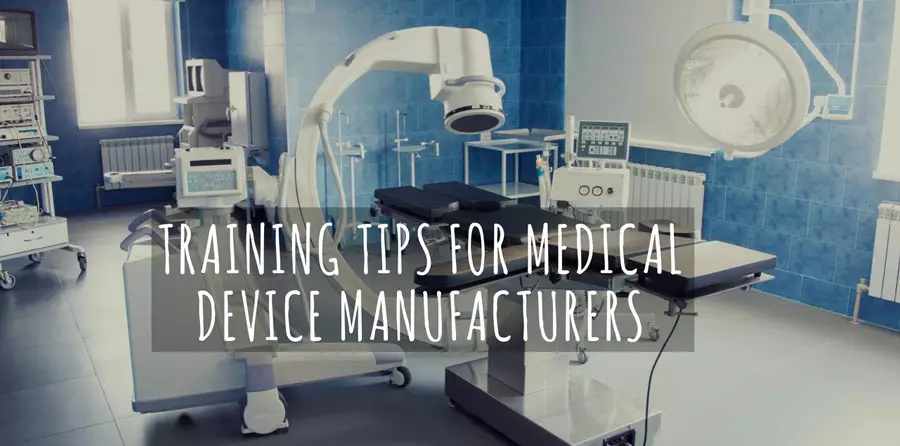Avoiding the bore factor: Training tips for medical device manufacturers

The medical device manufacturing industry is one dictated by regulations, and this means effective compliance training is absolutely necessary. There is no option but to thoroughly train employees with regard to FDA regulations and compliance, but the biggest roadblock to effective training is employee resistance.

Employees are often resistant to compliance training for a simple reason: it is boring. Compliance training is necessary, but also tends to be full of technical and legal language, difficult to connect to and lacking in any thought-provoking components.
What is important when you are developing compliance-based eLearning, is to remember that it has to be engaging. If it is not, not only will employees not enjoy it, but they will not retain the information. Which can create big problems in terms of dealing with regulatory agencies, safety, and quality control.
Infuse some appeal into your medical device manufacturing compliance training with these tips:
- Take risks with your course design. Just because compliance training is based on strict regulations and tends to focus on dry concepts and materials does not mean your course design has to also be that way. Take risks when you are designing your eLearning materials, and go out on a limb—for example, write the coursework from the perspective of an amusing character, or create content in a conversational tone. Infuse some creativity and think outside the box with your medical device compliance training and it can pay off big.
- Make it relevant and relatable. Often, introducing information pertaining to FDA and governmental regulations can be difficult for the learner to relate to in their own life, because it seems like you are teaching them distant and abstract concepts. Find ways to incorporate real-world scenarios and situations your employees will face on a daily basis. This will create a deeper connection to the material, and make them more likely to not only pay attention during the course, but also retain more information.
- Focus on the writing. Writing is important in compliance training because you need to have solid, clear, concise writing that is easy to digest. The material may be difficult, but you can make it easier by appealing to the learner with simple language. Do not try to make the subject even more complicated with complex jargon and sentence structure. If you are worried you do not have the in-house writing skills to make compliance training engaging, work with an outside writer or writing team that can help you keep your wording fresh, simple and to-the-point, very much like sales copywriting.
- Vary the materials you include in compliance courses. Too often, the biggest failing of compliance training is that employees are presented with a long set of materials, and expected to read and digest them, and then apply what is in the materials. No one wants to be responsible for reading and remembering page after page of regulatory guidelines, but eLearning provides ample opportunities to vary how information is presented. Include easily digestible bulleted lists, videos, scenarios, tip sheets that can be downloaded for easy access, articles from various news sources, charts, case studies, opportunities to share opinions and interact with others, and quizzes to test knowledge in small, manageable chunks.
- Show the learner how what is being taught has an impact on them as an individual, and your organization as a whole. This goes along with creating relevance—do not just lay the information out—tie that information to consequences and results that can occur as a result.
- Gamification can be incredibly valuable to compliance training. This goes along with taking risks, because this type of training, particularly in the medical device industry, is extremely serious, but gamification does not trivialize the training—it is actually a proven way to make training more engaging and effective.
Compliance training for medical device manufacturing employees does not have to be dull, and you can reduce the bore factor, particularly when you implement eLearning.
eLearning provides ample opportunities for creativity that will help you not only see an improvement in your return on investment for training, but also improve your quality control and adherence to regulatory standards.